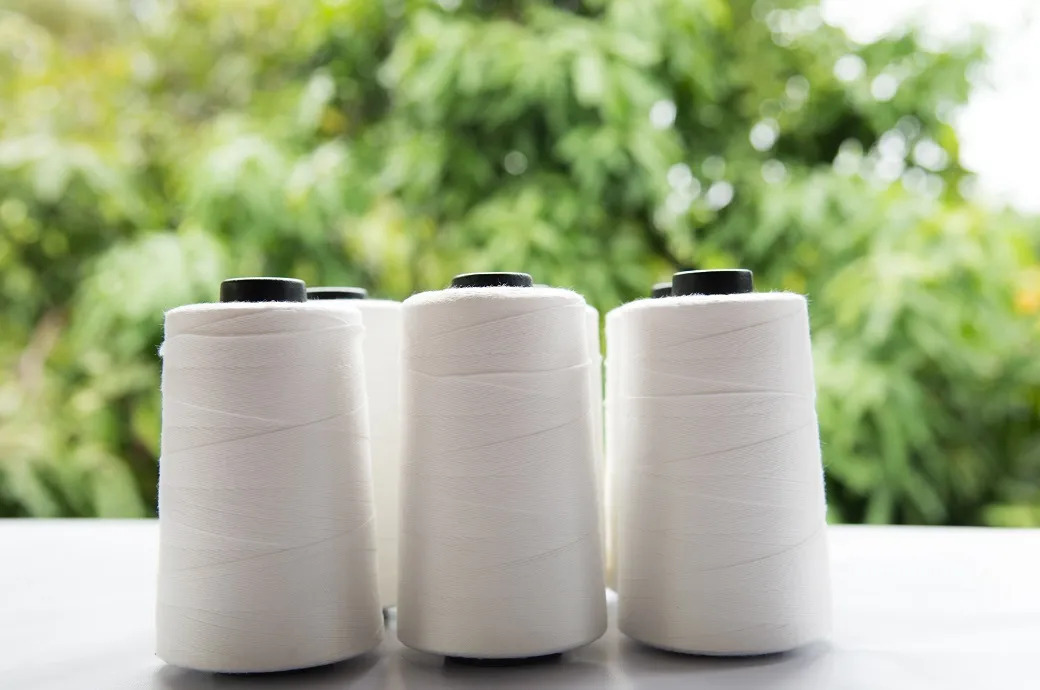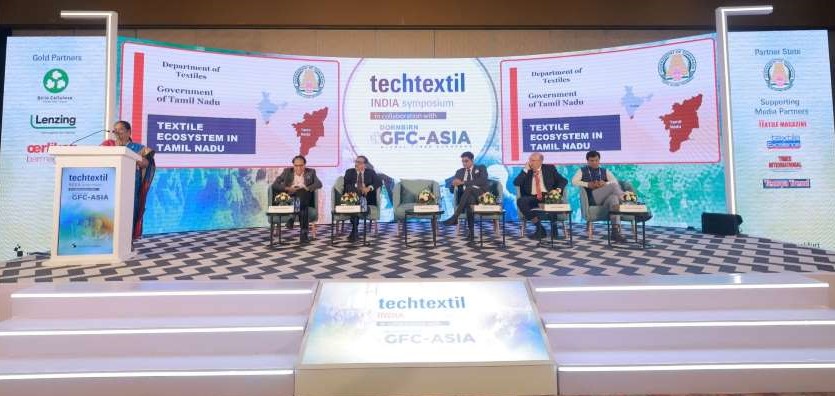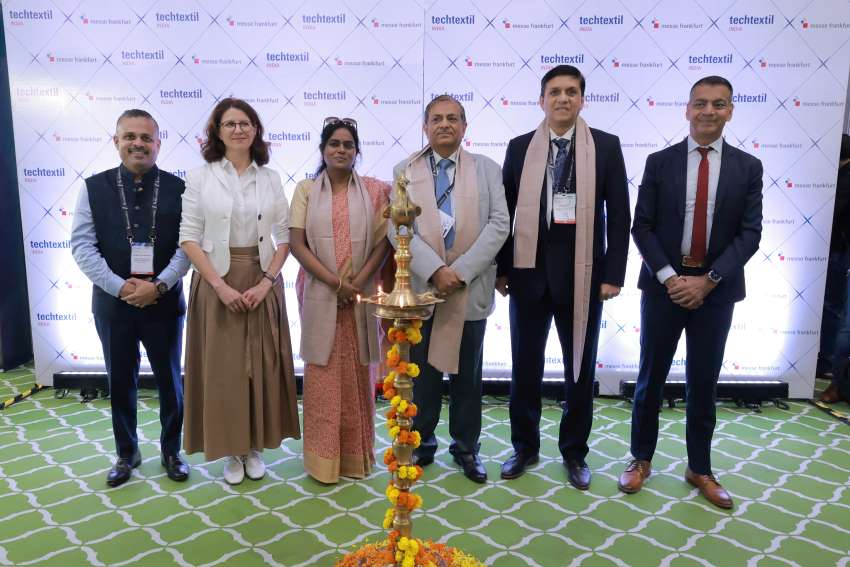
Fast fashion major Shein has announced a major milestone in its sustainability journey, with its climate targets officially validated by the Science Based Targets initiative (SBTi). This validation, backed by prominent organizations such as CDP, the UN Global Compact, World Resources Institute, and WWF, signifies that Shein’s goals align with the global scientific consensus for limiting global warming to 1.5°C. However, the news has been met with considerable scepticism from regulators, environmental campaigners, and experts who question the feasibility of such targets within Shein’s ultra-fast fashion business model.
Shein’s validated commitments include:
• Net-zero greenhouse gas emissions by 2050 across its entire value chain.
• A 42 per cent reduction in Scope 1 and 2 emissions by 2030. (Scope 1 refers to direct emissions from Shien-owned operations, while Scope 2 covers indirect emissions from purchased energy).
• A 25 per cent reduction in Scope 3 emissions by 2030. (Scope 3, which includes suppliers, materials, and shipping, accounts for approximately 96 per cent of Shein’s total carbon footprint).
• Achieving 100 per cent renewable electricity in operations by 2030.
Shein has outlined a roadmap to achieve these targets:
• Increasing the use of recycled materials.
• Support suppliers in their transition to renewable energy.
• Streamline logistics to minimize transportation-related emissions.
• Expand its resale platform, Shein Exchange.
As Mustan Lalani, Global Head, Sustainability at Shein explains, "SBTi's validation of our net-zero targets marks an important step in Shein’s decarbonization journey. We are committed to reducing emissions across our value chain and recognize that addressing Scope 3 emissions is a complex but critical part of that effort."
Critics sceptical about validations
Despite the SBTi validation, critics are raising serious concerns, arguing that Shein’s fundamental business model of rapid production and mass consumption is inherently at odds with genuine sustainability. As Ken Pucker, Professor, Practice, The Fletcher School at Tufts University says, "If Shein delivers on its plan to grow approximately 25 per cent over the near term that would mean that carbon intensity per unit would have to fall by 85 per cent to achieve their target." adding, "I am dubious." Pucker further highlighted that "In fairness to Shein, no fashion company currently pays society for its negative externalities—carbon, chemicals, water, or unfair labor practices."
This sentiment is echoed by various organizations and observers who continue to flag a range of on-going issues associated with Shein.
• Allegations of child labor and excessive working hours: There have been consistent reports about labor practices within Shein’s supply chain, including allegations of child labor and factory workers enduring excessively long hours, far exceeding legal limits in many countries.
• Greenwashing and deceptive discounting practices: Critics accuse Shein of greenwashing – making misleading or exaggerated claims about its environmental initiatives while its core business model promotes overconsumption. The Irish Competition and Consumer Protection Commission (CCPC), alongside other EU partners, recently ordered Shein to rectify platform practices that may breach EU law, including potentially deceptive sustainability claims. Greenpeace, in 2022, accused Shein of "taking greenwashing to a new low" over a pledge to donate to an NGO focused on textile waste, while simultaneously continuing to produce what critics label as "disposable" clothing at an unprecedented scale.
• Heavy reliance on polyester and fossil fuels: A significant portion of Shein’s products are made from synthetic fabrics like polyester, which are derived from fossil fuels. These materials contribute to microplastic pollution and have a much longer decomposition time than natural fibers, exacerbating textile waste.
• Legal disputes over copyright infringement: Shein faced numerous legal battles concerning intellectual property theft and copyright infringement, further clouding its ethical standing.
Why the concern
Shein’s growth so far shows a formidable challenge to its decarbonization efforts. Reports suggest in 2023, Shein’s total emissions grew 81 per cent, outpacing its 43 per cent revenue growth in the same period. This highlights the inherent difficulty of decoupling emissions from growth within its current model. In 2023, Shein’s Scope 3 emission, which it aims to reduce by 25 per cent by 2030, was over 16.5 million tonnes of CO2 equivalent. A 25 per cent reduction would mean a cut of over 4 million tonnes. The company releases an estimated 2,000 to 10,000 new items daily, contributing to a culture of disposability. The fashion industry, as a whole, is responsible for approximately 10 per cent of global carbon emissions, with fast fashion being a significant driver.
Table: Shein’s emissions growth vs. revenue growth (2022-2023)
|
Emission Scope |
2022 Emissions (CO2e) |
2023 Emissions (CO2e) |
Percentage Change |
|
Scope 1 |
Not Specified |
Nearly Doubled |
Significant Increase |
|
Scope 2 |
Not Specified |
Increased by 32% |
Moderate Increase |
|
Scope 3 |
Not Specified |
Increased by 12% |
Moderate Increase |
|
Total Emissions |
6.04 million tonnes |
9.17 million tonnes |
81% Increase |
(Source: SHEIN's 2023 Sustainability and Social Impact Report, as cited by various media outlets like Sustainability Magazine and Supply Chain Digital.)
Transparency and transformation
While SBTi approval is symbolic step towards climate alignment for Shein, the overwhelming consensus among critics is that meaningful change in the fast fashion industry, particularly for a company of Shein's scale and business model, will require far more than targets. It demands full transparency, a radical transformation of its production and consumption model, and a genuine commitment to addressing the systemic environmental and social harms associated with ultra-fast fashion.
As Liv Simpliciano, Policy and Research Manager at Fashion Revolution opines, "Targets are only as meaningful as the action that follows. The fashion industry remains far off track from delivering the rapid, large-scale emissions cuts that climate science makes unequivocally clear are needed." The challenge for Shein now lies in proving that its validated targets are not merely a PR exercise, but a genuine commitment to a more sustainable future.












